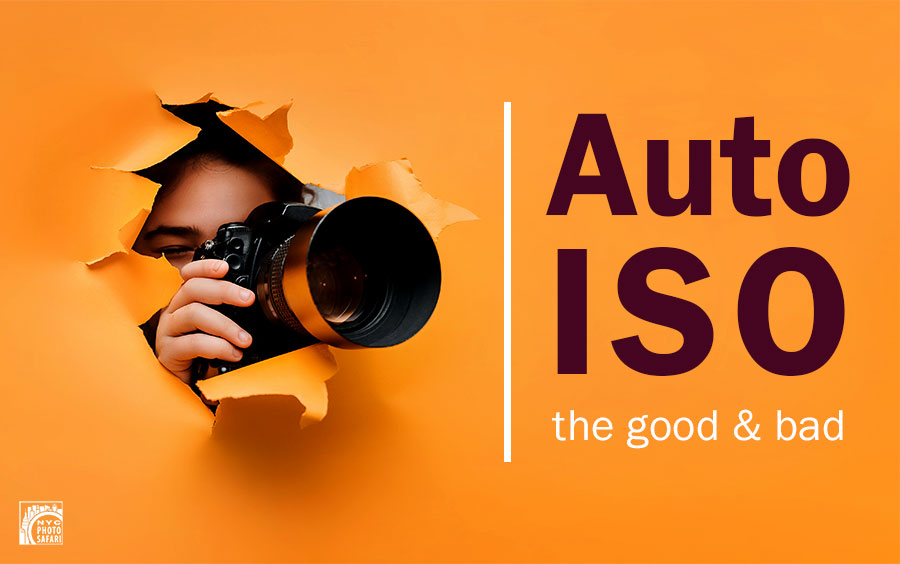Auto ISO - The Good & Bad

As photographers are guilted into using Manual mode many have discovered a new cheat! They have found that if they use Auto ISO, they have a fighting chance at getting a good exposure. Please note the word being used here is exposure and not image. The image is your composition while exposure is the volume of light (i.e. how dark or light the image is). Without a good exposure there may be no image to look at all.
Here's why using auto ISO to insure you get a reasonable or good exposure is a bad idea. Most of the time photographers are shooting in poor lighting conditions, meaning, they don't have an optimal amount to light to work with. Most consider the optimal volume of light to work with is the amount of you light you get when you are outside at noon on a cloudless day. So short of that you do not have enough light. As photographers try to use some predetermined f/stop and shutter speed combination, prescribed by an anonymous person on the internet, as being the perfect setting to get that landscape or portrait shot etcetera they find that their exposure is often wildly off. Why? Because whoever gave them this formula did not indicate EXACTLY how much light they had and you the photographer are not shooting under those exact lighting conditions either. It is also likely that you are shooting with significantly less light. This is where auto ISO comes into the picture. Because one of your elements (in this case ISO) is set to auto, the camera is given permission to use ISO to make up for any setting deficiencies; in other words your bad f/stop and shutter speed settings. Still don't understand?
Here is another way to look at it. Every photo must have a certain amount of exposure (aka light). Your camera was programed to know this. In every situation it is capable of determining how much light each scene you point your camera at is reflecting and therefore how much light is available. It averages this reading to determine the proper exposure. As such, even if your f/stops and shutter speeds are set poorly, with Auto ISO on, the camera has permission to use it to make up the difference. Why is this bad? After all you just got a good exposure, right? Not so fast. Consider this example: you have set your lens to f/16 and your shutter speed to 1/60 and you are photographing at dusk. Due to the high f/stop and shutter speed the camera has no choice but to send your ISO up as well. Which means you may be shooting as high as ISO 3,200 and your images are completely noisy. But the fact is you got a good exposure.
If however for whatever reason you needed a particular f/stop and shutter speed come hell or high water then you could leave it on Auto ISO, just remember that there may be ramifications depending on how much light you have available. Please note that there of course are instances where your settings are so contrary to the available light that your camera can not make it up. In these instances you have gone too far and even auto ISO will not help you.
If you are going to shoot in Manuel you must understand the true consequences of your settings choices. If you are not calculating this you are not optimizing that very expensive equipment you have purchased. Trust your camera’s programing and use auto when possible.











